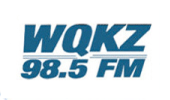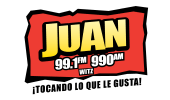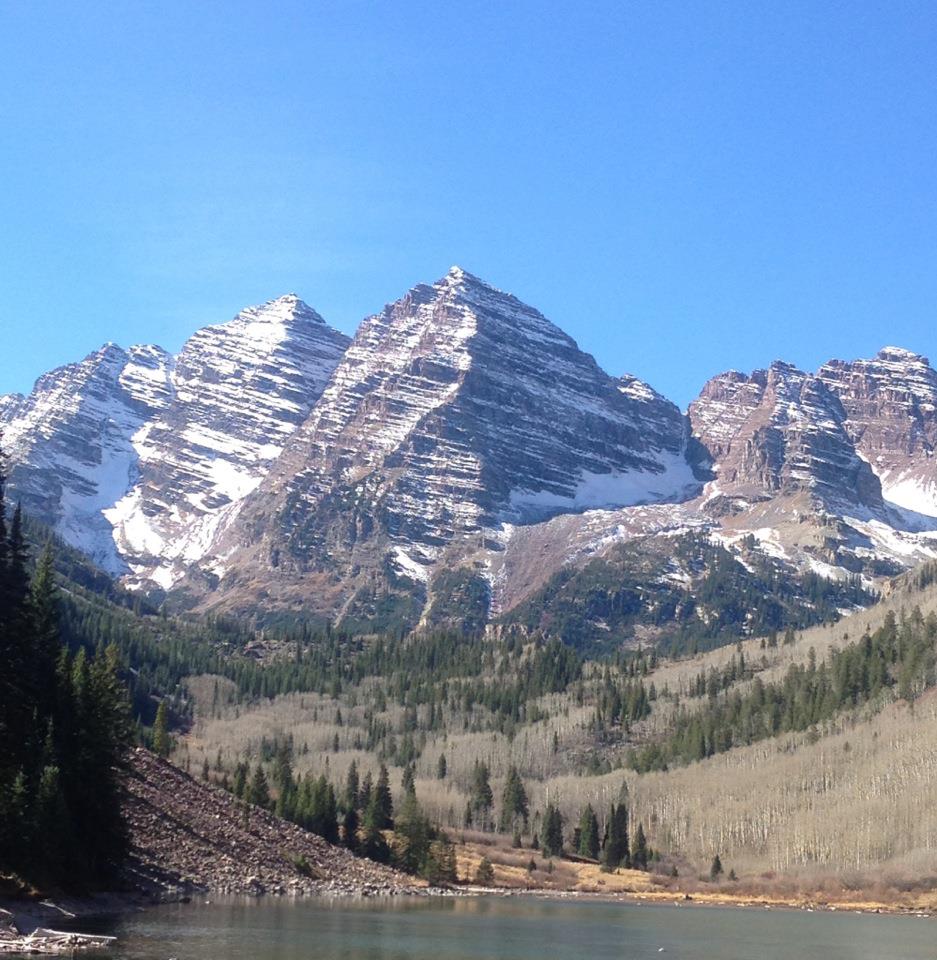Patoka Sportsman 9-8-18
Patoka Sportsman 9-8 & 9-9-18
Patoka lake Bow Hunters will host a 3-D Target Shoot Sept. 15 & Sept.16 at the Patoka Lake Archery Range. There will be 35 3D Targets for the final shoot of the 3D season. The targets will consist of 30 White Tail Deer, 3 Turkeys and 2 Coyotes to shoot at in preparation for Hunting Season. You will score the best 30 out of 35 so you'll have 5 low scores to drop. Participants should use the main entrance to Patoka Lake off State Road 164. Registration on Saturday and Sunday starts at Daylight till 12:00pm. Shooting fees are $8.00 for Active PLB members, $10.00 for Nonmembers and $5.00 for Youth (age 11-17) while Cubs (10 & younger) and Active Military shoot for free. For more information, call 812 205-0081.
An Indiana Hunter Ed. Course will be held Friday, Sept. 14 from 6-9 PM and Sat. Sept. 15 from 8 Am – 4 PM at Pine Ridge elementary School. To sign up to go pass it on Indiana dot com.
Indiana hunters and trappers should note the following errors, corrections and clarifications in the print version of the 2018-19 Hunting & Trapping Guide. All have been corrected in the online version, which can be viewed at Hunting.IN.gov.
On page 14, the youth free hunting dates are incorrect. The correct dates for 2018 are Sept. 8-9 and Nov. 24-25.
On page 25, the date for using firearms in deer reduction zones is incorrect. Firearms can be used in reduction zones to count toward the reduction zone bag limit from Nov. 17, 2018 – Jan. 31, 2019 in locations where local ordinances allow the use of firearms. Those correct dates are listed on several other pages, including in the reduction zone explanation on page 24.
On page 25, under Rifles, second column, first full paragraph, the language “with a minimum 16-inch barrel” should be deleted. There is no longer a requirement that rifles have a minimum 16-inch barrel.
On page 32, in the squirrel section, the guide incorrectly states that red squirrels are a protected species in Indiana. Red (piney) squirrels are an exempted species and may be taken or possessed without a special permit.
On page 43, in the furbearer section, the regulation states that “Traps may not be set prior to 8 a.m. on opening day of trapping season.” The regulation that set starting and ending times for trapping was removed in administrative code earlier this year; therefore, the trapping of furbearers and river otters can start at 12:01 a.m. on the opening day of the season. The start and end dates for trapping furbearers remain the same.
On page 46, No. 21, Wilbur Wright Fish & Wildlife Area, the phone number is incorrect. It should be 260-468-2165.
Also on page 46, Nos. 3 and 10, Ferdinand State Forest and Pike State Forest, respectively, have a new phone number. The new phone number for both Ferdinand and Pike state forests is 812-827-2857.
Hunters can now apply online for a reserved waterfowl hunt by visiting hunting.IN.gov and clicking on the "Reserved Hunt Info" link.The online method is the only way to apply. Applicants must possess a hunting license that is valid for the hunt for which they are applying. To be accepted, applications must be completed by the application deadline. Hunters will be selected through a computerized, random drawing. Drawing results will be posted at wildlife.IN.gov within two weeks after application deadlines. An email will be sent to applicants when results are posted.
Waterfowl hunt draw: Application must be submitted no later than Sept. 23. Properties are Brookville and Monroe lakes, Goose Pond, LaSalle, Hovey, Kankakee, Kingsbury and Willow Slough fish & wildlife areas, and Province Pond Wetland Conservation Area. Successfully drawn applicants will be chosen for one of their five property and date choices. Participants must have a party of three hunters to hunt Monroe Lake. On all other properties, hunters must be accompanied by at least one but no more than two other hunters. Only one application per hunt is allowed. No changes can be made once the application is submitted. More information is at wildlife.IN.gov/5834.htm.
The free youth hunting days for 2018 are Sept. 8 and 9, and Nov. 24 and 25. Youth free hunting days are traditionally set as the first full weekend after Sept. 1 when dove and squirrel season are open, as well as the weekend after Thanksgiving when deer, rabbit, squirrel, and other gamebird and furbearer seasons are open.
Any resident age 17 or younger on the date of the hunt can take any legal game in season during these youth free hunting days. To participate, the youth must be accompanied by an adult who is at least 18 years of age. The youth’s adult partner must be in close enough proximity to monitor and be able to communicate with the youth hunter at all times. The adult may help the youth hunter with calling game but may not carry a firearm, crossbow, or bow and arrow, except for a handgun carried lawfully. The adult must possess a valid hunting license, unless exempted from needing a license.
Youth waterfowl season dates are Oct. 13-14, 2018 (North Zone), Oct. 20-21, 2018 (Central Zone), and Oct. 27-28, 2018 (South Zone). To hunt waterfowl, a federal duck stamp is required for all persons 16 years of age or older. A State migratory waterfowl stamp and Harvest Information Program (HIP) number are not required to hunt waterfowl or other migratory birds for resident youth hunting or nonresident youth hunting license holders.
The youth’s adult partner must be in close enough proximity to monitor and be able to communicate with the youth hunter at all times. The adult may help the youth hunter with calling game but may not carry a firearm, crossbow, or bow and arrow, except for a handgun carried lawfully. The adult must possess a valid hunting license, unless exempted from needing a license.
Youth deer season is Sept. 29-30, 2018. Youth age 17 or younger on the date of the hunt can participate but must be accompanied by an adult who is at least 18 years of age. The youth hunter must possess a valid license for hunting deer (youth hunt/trap or other) while in the field unless exempt from needing a license. The youth’s adult partner must possess a valid hunting license of any type that is not an apprentice license. All hunters must wear hunter orange.
The youth hunter can take an antlered deer and one (or more) antlerless deer. The youth hunter’s antlerless deer limit is determined by the bonus county quota for the county being hunted. A youth hunter can take only one antlerless deer in a county with a bonus antlerless quota of “A” during the special youth deer season. An antlered deer harvested during the youth season counts toward the statewide bag limit of one antlered deer.
The youth hunter must possess a valid deer hunting license while in the field, unless exempt from needing a license. The youth’s adult partner must possess a valid hunting license of any type that is not an apprentice license.
The youth hunter and adult partner must wear hunter orange. The youth hunter may use a legal firearm, bow and arrow, or crossbow to take a deer. The adult partner cannot take a deer and may not possess a firearm, muzzleloader, bow and arrow, or crossbow while in the field with the youth hunter, except for a handgun carried lawfully. Only one antlerless deer may be taken on DNR-managed Fish and Wildlife areas and some other DNR properties. The youth hunter must comply with all other deer hunting regulations.
The youth wild turkey season is April 21 and 22, 2018.
Youth age 17 or younger on the date of the hunt can participate but must be accompanied by an adult who is at least 18 years of age.
The youth hunter must possess a valid license to take a wild turkey. The adult partner must possess a turkey hunting license and game bird habitat stamp if participating in the hunt (i.e., calling turkeys) unless exempt from license requirements.
The youth hunter may take only one bearded or male wild turkey during spring, which includes both the youth and regular spring turkey seasons. The youth must comply with all other turkey hunting regulations. The youth hunter may use any legal shotgun, bow and arrow, or crossbow. The youth’s adult partner must not possess a firearm, bow and arrow, or crossbow while in the field, except for a handgun carried lawfully.
Event Description:
Reservations for put-and-take pheasant hunts on DNR properties will be accepted from 5 a.m. on Sept. 1 until midnight on Nov. 24.
Put-and-take hunting reservations are selected on a first-come, first-served basis. All hunting days will start on a Saturday in mid- to late November.
Properties offering put-and-take hunts are Atterbury, Glendale, J. E. Roush Lake, Pigeon River, Tri-County, Willow Slough and Winamac fish & wildlife areas.
The cost for put-and-take hunts is $28 per person per slot, which is non-refundable.
Put-and-take pheasant hunters must register each day of their hunt at the property office. Registration begins at 8 a.m. and ends at 3:30 p.m. local time. Put-and-take pheasant hunters may begin hunting at 9 a.m. local time.
For assistance outside normal business hours, contact [email protected].
- The Reduction Zone season is Sept. 15, 2018 through Jan. 31, 2019.
- Bag limit: 10 deer, of which only one can be antlered. Individuals hunting in a designated Reduction Zone who are attempting to satisfy the Reduction Zone bag limit must harvest an antlerless deer in the Deer Reduction Zone before harvesting an antlered deer (a.k.a. earn-a-buck). The earn-a-buck requirement only applies to the Reduction Zone bag limit. The Reduction Zone bag limit is in addition to all other bag limits. See the hunting guide for deer bag limits.
- A deer reduction zone license, resident youth hunt/trap, lifetime comprehensive hunting, or lifetime comprehensive hunting/fishing license is required unless you meet a license exemption under state law.
- The deer reduction zone license allows the individual to harvest one deer per license. A valid license is required for each deer taken.Purchase a license.
- Where allowed by local ordinances, firearms legal for deer hunting can be used in Reduction Zones with a deer reduction zone license or to count the deer towards the reduction zone bag limit from Nov. 17, 2018 through Jan. 31, 2019.
The season does not override any local ordinances restricting discharge of firearms and bows. - It is illegal to hunt, shoot at, or kill a deer or to shoot at any deer from within, into, upon, or across any public road.
- Hunters must obtain permission from landowners to hunt on their property. (For a private land permission form, see Permission to Hunt on Private Lands.)
- Deer reduction zone licenses are not permitted on Division of Fish & Wildlife properties. Deer Reduction Zones may be altered annually at the DNR director’s discretion based on deer population management needs.
The Evansville deer reduction zone is the portion of Vanderburgh County south of East Boonville-New Harmony Road, except the:
- Area south of Interstate 164/Veteran’s Memorial Parkway (from the Warrick County line to the east extending to where it intersects Main Street of Evansville along the Ohio River Shore to the west); and
- Area south of the intersection of Broadway Avenue and the Posey County Line (to the west) extending east to Bayou Creek Road and east to the Ohio River (with Bayou Creek Road extending east to the Ohio River).
All deer harvested must be checked in within 48 hours of harvest. You can check in your deer through the Fish & Wildlife online services page or at Checkingame.dnr.IN.gov, which can also be accessed on mobile devices.
Traditional check stations are still available in select locations, or you can call 800-419-1326 ($3 fee applies).
Autumn is one of the best times for conducting prescribed fire. Landowners and habitat managers often take advantage of the fall weather to conduct prescribed fire for many reasons:
• To prepare an area to have prairie grasses and wildflowers sowed in with better seed-to-soil contact.
• To enhance native grass stands, valuable pollinator plantings or oak regeneration.
• To control invasive species and provide a greater diversity of favorable plants for many species of wildlife.
Prescribed fire is one of many tools used to enhance habitat. Contact your local wildlife biologist for more information.
National Hunting and Fishing Day, Sept. 22
National Hunting and Fishing Day celebrates and recognizes hunters and anglers for their contributions to fish and wildlife conservation.
Indiana’s sportsmen and women were among the first conservationists to support the establishment of the DNR to conserve fish, wildlife and their habitat and, through license fees, helped fund efforts to provide for healthy and sustainable natural resources.
Last year, Indiana’s sportsmen and women generated close to $38 million to support the conservation efforts of wildlife. Indiana’s 867,000 hunters and anglers support the state’s economy by spending more than $924 million annually while engaged in their pursuits, supporting more than 14,000 jobs in Indiana and generating $103 million in state and local taxes. Please join us in celebrating our hunters and anglers on this day.




